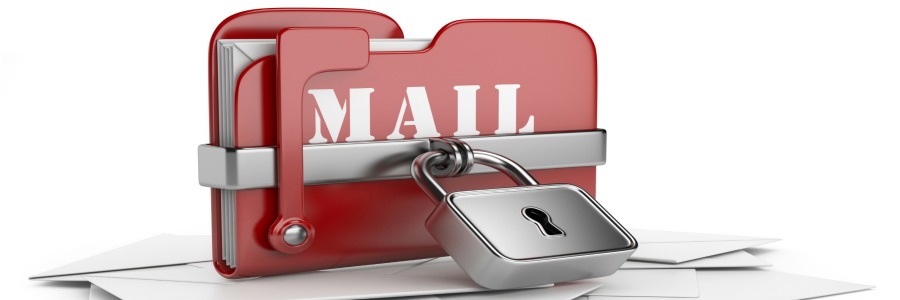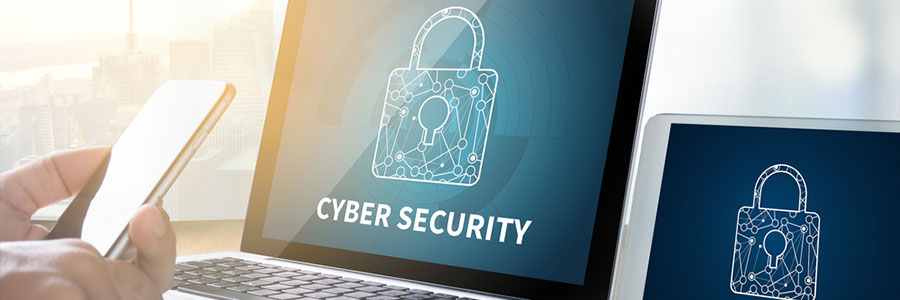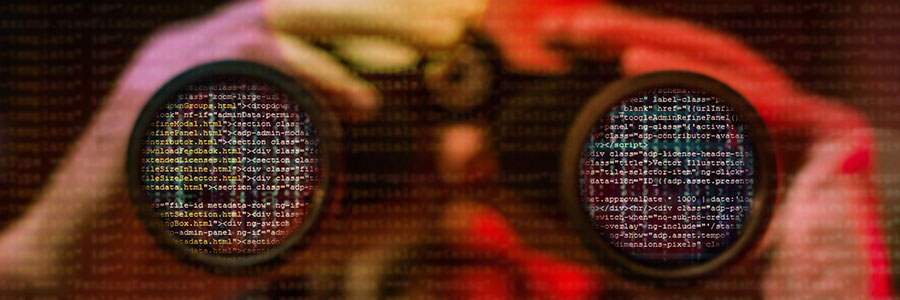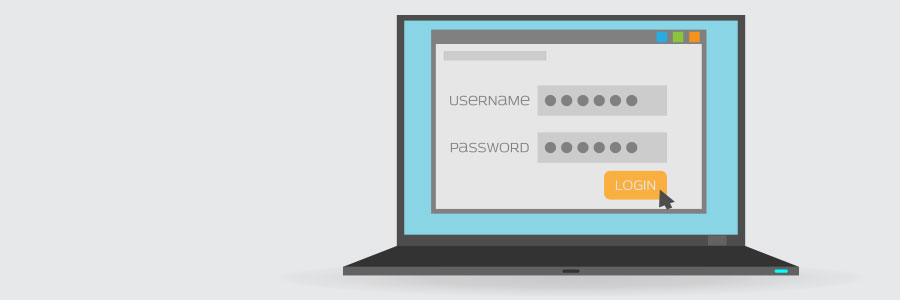Cyberattacks come in many different forms, with new methods being developed all the time. What’s bad is that personal information is now often stored online, be it through social media or through government and healthcare services — and these are juicy targets for criminals.
A primer on watering hole attacks
Better ways to use Office 365
Keeping your email safe

If you think your email is safe from hackers, think again. A lack of sufficient email security measures can result in data theft, unauthorized access to sensitive information, and malware attacks. Here are some tips to secure your email account from unwanted intruders and the many troubles that come with them.
Tips for safeguarding business data

You can’t afford to lose business data. It takes away the trust of your clients, leading to loss of revenue. Cybercriminals are here to stay, so it’s more important than ever to utilize tight security measures to keep your business data safe. Still, some hackers may have advanced cracking skills, or are really determined to break into your network, so it’s a good idea to use the following methods for safeguarding your corporate data.
9 Cybersecurity terms you need to know

Cybersecurity is everyone’s responsibility. But you don’t need to be an IT expert to know how to protect yourself from a cyberattack. To help you get started, here are helpful terms you need to know so you’re not left in the dark, whether you’re teaching yourself how to update your anti-malware, updating your systems, or consulting your tech support.
The basics on 2-step and 2-factor authentication

Cybersecurity is a vital component to businesses these days. You need to make sure that criminals cannot just hack into your network. When it comes to verifying users’ identity, there are two types of authentication used: two-step and two-factor. These two are so similar, many confuse one with the other.
Tips to monitor employee activities online
Cyberthreats and the finance sector

The financial sector has long been heavily targeted by cybercriminals. Over the years, the number of attacks that involved extortion, social engineering, and credential-stealing malware has surged rapidly. This means that financial institutions should strive to familiarize themselves with the threats and the agents behind them.
Fileless malware: Are you at risk?

Over the past few years, the security industry has been witnessing a rapid evolution in attack techniques, including fileless malware, which uses legitimate tools and services such as existing software, applications, and authorized protocols to carry out malicious activities such as unauthorized data retrieval or data damage.





